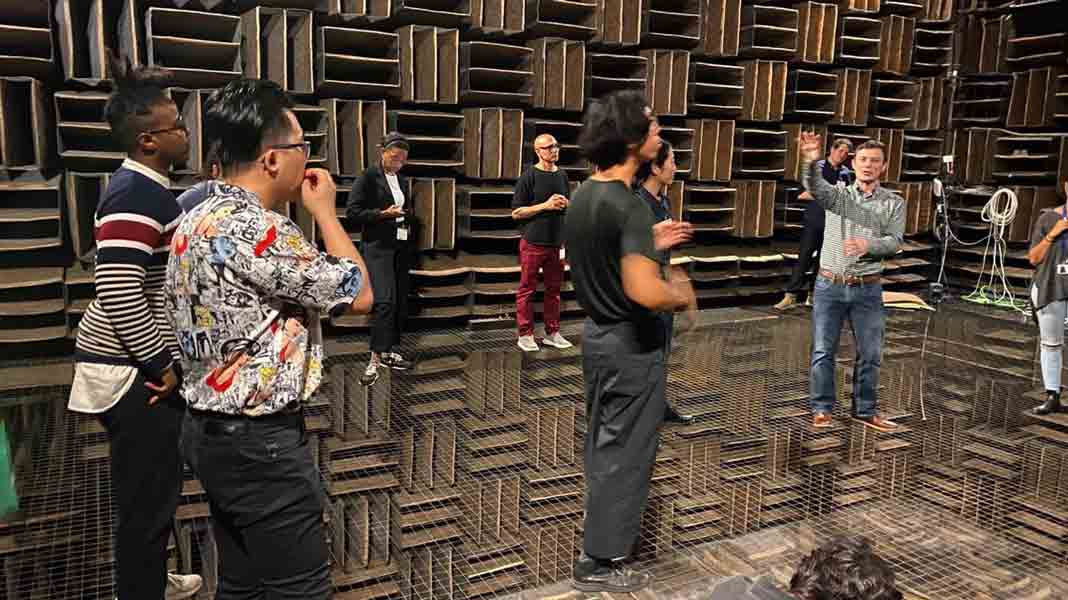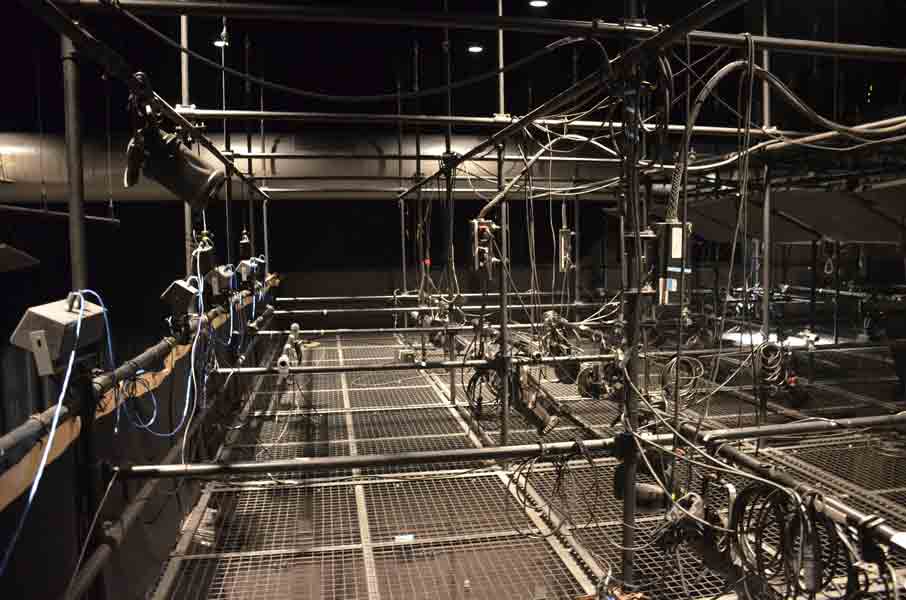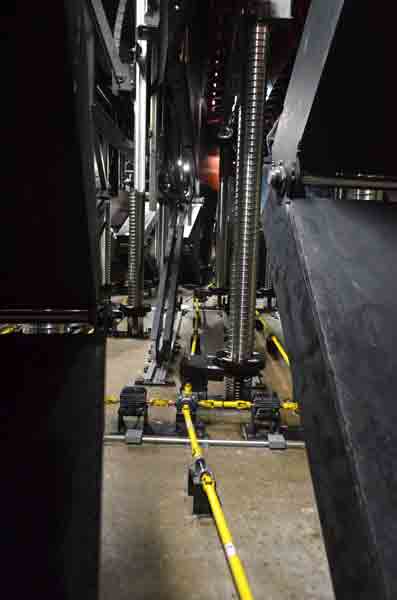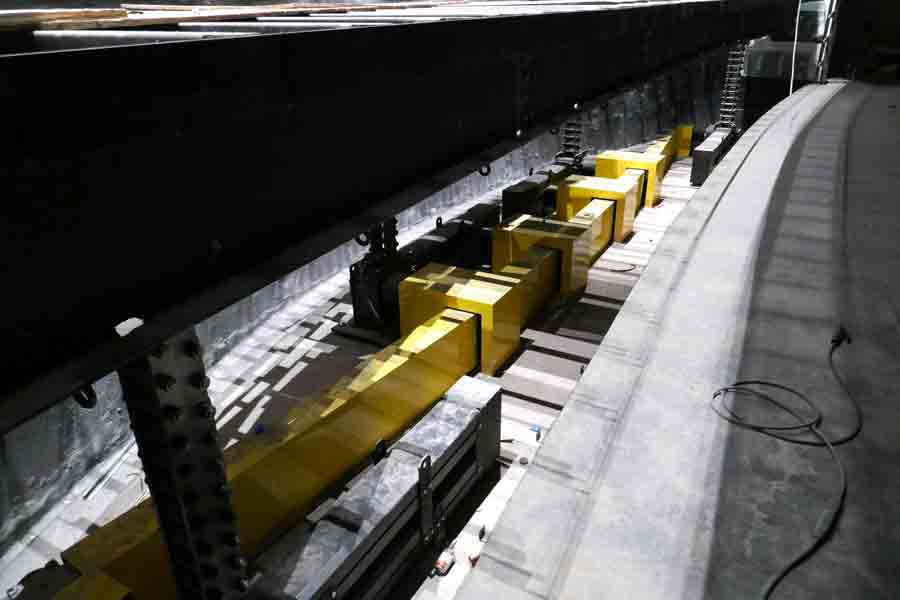Did You Know – Creative Solutions
The performing arts industry is adept at “borrowing” technology from other industries. Here are a few examples.
Did you know that air casters which we use for moving large items such as seat wagons, seating towers and orchestra shells were first developed by General Motors’ engineer Harry Mackie in 1961 to move heavy materials on the automotive assembly line? Soon after, air casters were used by Boeing Industries on their assembly lines where they could use the omni-directional device to delicately position large and ungainly airplane wings as they were connected to the airplane fuselage.
The tensioned-wire grid was developed as a “sonically invisible floor” in an anechoic acoustic testing chamber. The design concept was adapted for theatre use by ASTC founding member George C. Izenour in the mid-1960s and is now used extensively for studio theatres, forestage grids and other similar applications.
The Gala Spiralift and the Serapid LinkLift, which today are the mainstays for motorized orchestra pit lifts, were originally designed as vertical material handling devices for heavy industry and construction. Spiralifts originated in Canada and were first employed in the performing arts industry around 1989. The Serapid LinkLift originated in France and was introduced to the performing arts market in 1996.
While we might think that the ubiquitous Clear-Com intercom system is used exclusively in our theatre market since it was introduced in 1968, according to Vinnie Macri, ClearCom’s Market Outreach Manager, the larger Clear-Com market is now one-third performing arts, one-third broadcast sporting events, and one-third for military, aeronautics and government applications including turnpike toll collectors.
ASTC members are always on the look-out for new and emerging technologies that can benefit our clients, our projects, and our industry. What’s next?
Disclaimer: Any views or opinions expressed in this article are solely those of the author and do not necessarily represent those of the American Society of Theatre Consultants. This article is for general information only and should not be substituted for specific advice from a Theatre Consultant, Code Consultant, or Design Professional, and may not be suitable for all situations nor in all locations.






